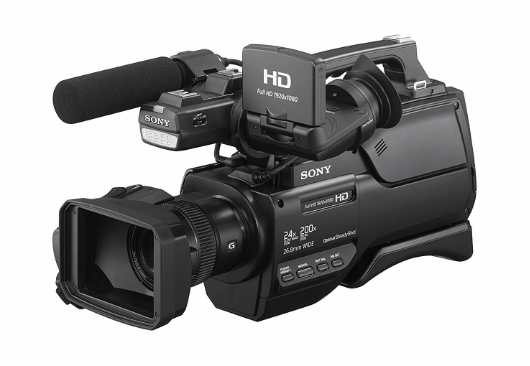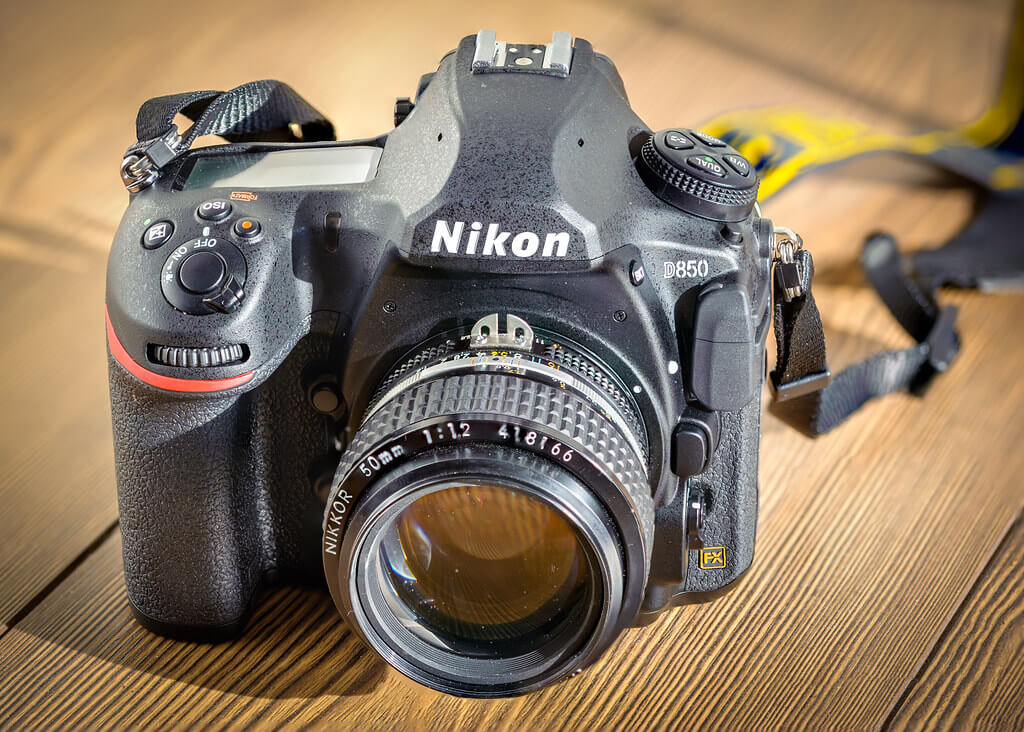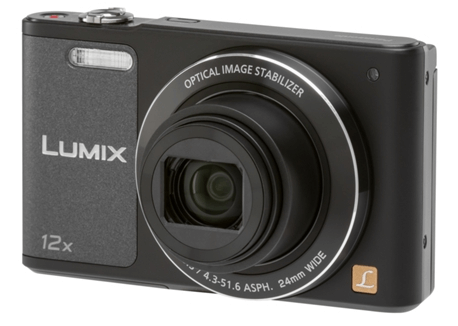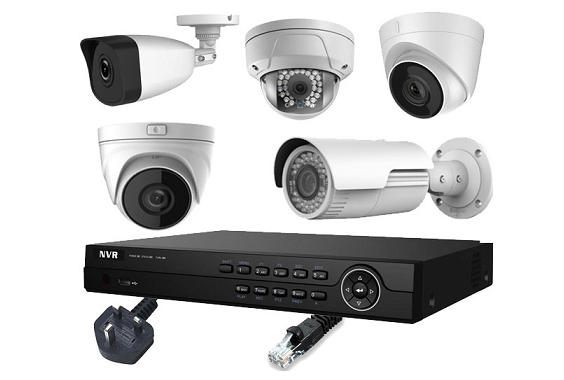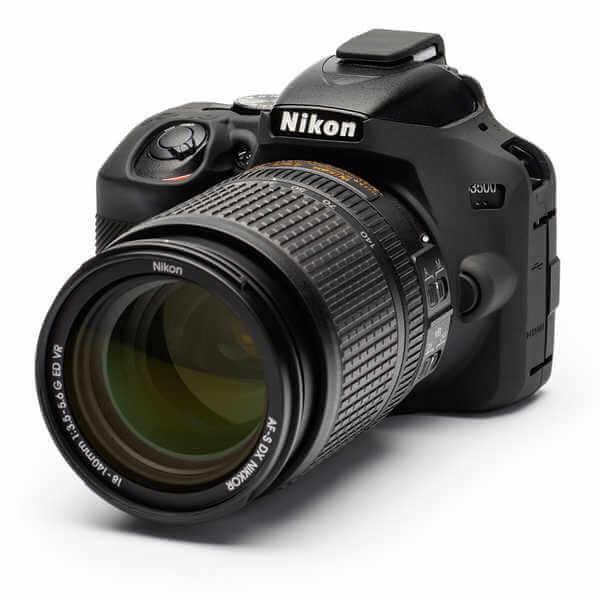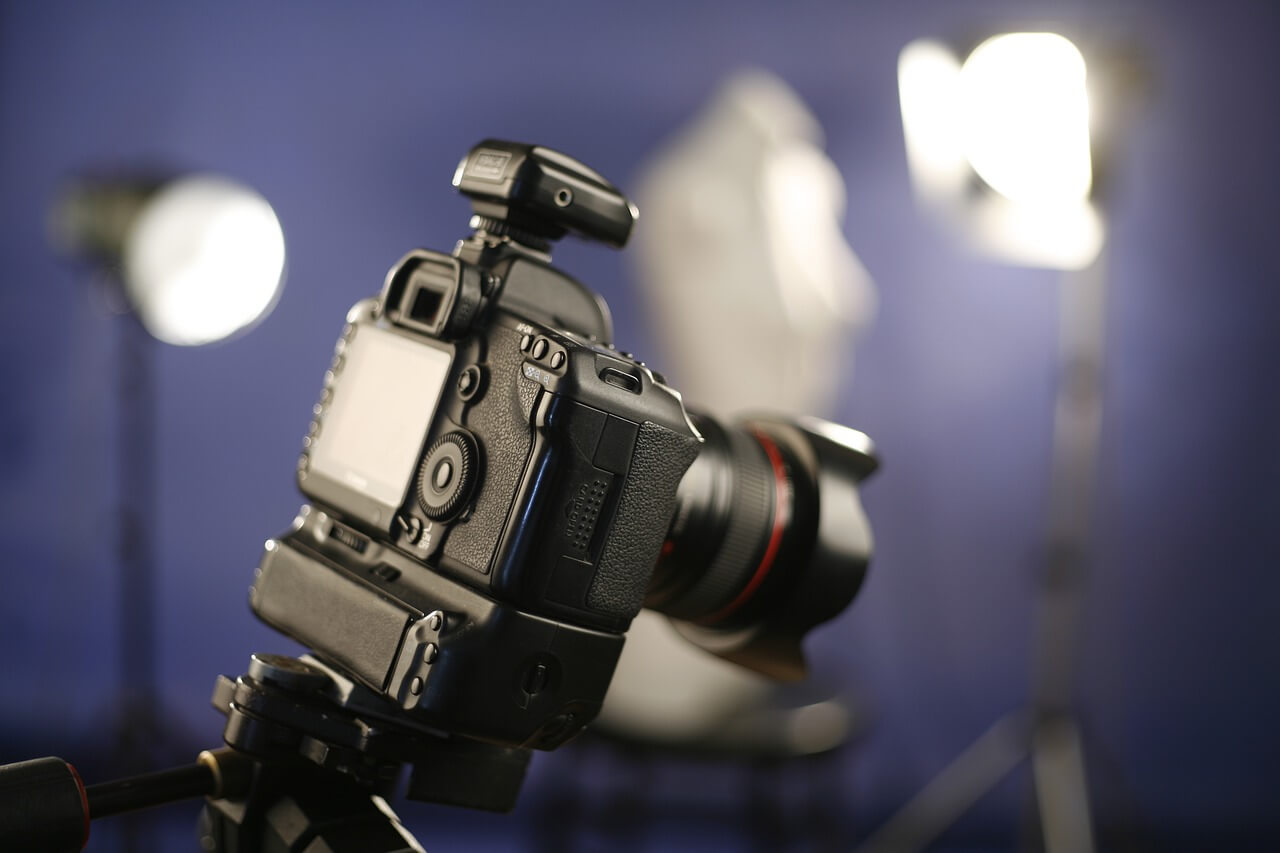Nikon has undoubtedly stamped their place among the very best in the camera industry. The company has manufactured loads of top-rated cameras and has built a niche for itself in the market. This post introduces two of their highly successful products in the Nigerian market – the D7100 and D7200. Here, we will take a look at how much the cameras go for in the market and some of their key features, including their similarities and differences.
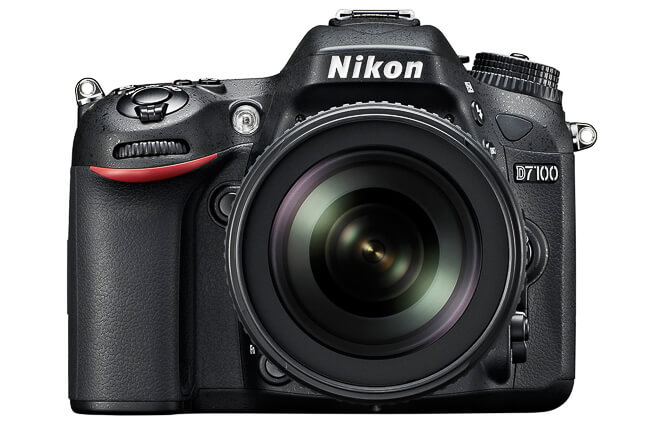
Nikon D7100 and D7200 prices in Nigeria
Nikon D7100 is available for purchase for anything from N479,000 depending on the accessories accompanying the camera. The Nikon D7200, however, costs a bit more, going for anything from N776,000 depending on the spec and variant. The variation in the prices is a result of certain factors which include the place and period of purchase. The currency exchange rate during the period also affects the prices the smartphone goes for.
PRICES LAST UPDATED: JANUARY 17, 2024.
Nikon D7100: Key Features
- 1MP DX-format CMOS sensor, with no OLPF
- EXPEED 3 processing
- ISO 100-6400 standard, up to 25600 expanded
- Max 6 fps continuous shooting in DX mode, 7fps in 1.3X crop mode
- 51 point AF system, 15 sensors cross-type
- 2016 pixel RGB metering sensor
- Spot white balance in live view mode
- 1080 60i/30p video recording, built-in stereo mic, mic jack and audio monitoring jack
- Pentaprism with 100% coverage and 0.94X magnification
- 2″, 1.2m-dot LCD screen (640 x 480 X RGBW)
- Front and rear IR receivers
- Equivalent water and dust resistance to D800/D300S
Nikon D7200: Key Features
- 2MP CMOS sensor with no optical low-pass filter
- Multi-CAM 3500DX II 51-point AF system, all sensitive to -3EV
- 2,016-pixel RGB metering sensor, used for 3D subject tracking in AF-C
- ISO 100-25,600, with ISO 51,200 and 102,400 black and white modes
- 6 fps continuous shooting (7 fps in 1.3x crop mode) with increased buffer depth
- 1/8000 sec maximum shutter speed
- 2″, 1.2M dot RGBW LCD display
- 1080/60p video (1.3x crop only) with clean output over HDMI and Flat Picture Control
- Dual SD card slots
- Wi-Fi with NFC
- Magnesium alloy weather-sealed body
Nikon D7100 and Nikon D7200: Review
The Nikon D7100 and the Nikon D7200 are very great cameras and are regarded among the most successful in the Nikon series. Both were introduced into the market in February 2013 and March 2015 respectively and have since then dominated their section in the market. Both cameras are Digital Single Lens Reflex cameras and feature APS-C sensors. Let us now take a deeper look at both cameras, highlighting their similarities and differences.
Image Quality
The Nikon D7100 and D7200 both feature 24-megapixel sensors, although the newer model – the D7200 – now boasts an updated EXPEED 4 image processor, which has about 30 percent faster processing speeds over EXPEED 3. This added processing power guarantees faster overall camera operation and fortifies the buffer size. Also, the Nikon D72100 provides a two-stop enhancement in the built-in ISO range, increasing from the typical maximum of ISO 6, 400 to a more assured 25, 600. The combination of this updated processor further allows the camera to offer cleaner and smoother images without any banding in low light conditions up to about ISO 6,400. Apart from these differences and the upgrades, both cameras are largely identical in terms of raw image quality. Both cameras do not feature Anti-Aliasing filters, which allow for sharp images with top-notch dynamic colour rendering.
Video Quality
Unlike the D7100, the Nikon D7200 shoots 1080p Full HD video to up to 60 fps, although it shoots at the downside of an extra 1.3x crop. Although the Nikon D7100 also shoots 1080p at about 60 fps, it shoots in the lower entwined mode, which does not usually offer similar quality the Nikon D7200 delivers more explicit overall video quality. This means that for the D7100 to shoot at its best, it’d have to do so at 1080p at 30 fps. So while the crop is not ideal at 60 fps, at least the camera now offers the possibility of shooting slow-motion Full HD video. The successor adds Auto ISO when filming video. Auto ISO automatically adjusts ISO to maintain even exposure throughout video recording, regardless of lighting changes. Overall, it is essential as it compensates for changes in ambient light that would otherwise ruin video recordings.
Display
Both cameras have fixed 3.2-inch wide-angle TFT LCDs with resolutions of 1.23M dots. Both cameras feature top deck LCDs, useful to display critical shooting parameters.
Autofocus
Both cameras feature 51-point AF systems, where 15 of their points are cross-type enabled. However, the successor inherits the same autofocusing module as the D750, which delivers better overall AF performance, especially during low light. It can now focus down to an impressive -3 EV. Nevertheless, while not drastically improved, the updated system creates a better overall system.
Battery Life
The successor features improved battery longevity, where it now provides a whopping 1,100 shots per charge compared to the predecessor’s 950. This change represents a 15% improvement and is one of the key selling point features of the newer camera.
Conclusion
Well, as you can tell, both cameras are virtually identical. In the end, the main reasons to upgrade to the newer D7200 are if you desire its improved battery life, buffer depth, built-in Wi-Fi, or Auto ISO. For some, these additions will provide the added value necessary to justify its price. Otherwise, the D7100 remains equally capable and has an excellent camera that offers better value.
Related posts
- Nikon Camera Prices in Nigeria (April 2024)
- Nikon D40 Price in Nigeria + Key Features (April 2024)
- Sony A7 IV Price in Nigeria (April 2024)
- Camera Lens Prices in Nigeria (2024)
- Panasonic Camera Prices in Nigeria (April 2024)
- Sony Video Cameras & Prices in Nigeria (April 2024)
- GoPro Camera Review & Prices in Nigeria (April 2024)
- Drone Camera Prices in Nigeria (2024)
- Nikon D5300 and D5600 Prices in Nigeria (April 2024)
- Hikvision Camera Prices in Nigeria (April 2024)
- Sony ZV-E10 Price in Nigeria (April 2024)
- Sony FX3 Price in Nigeria (April 2024)
- Sony ZV1 Price in Nigeria (April 2024)
- CCTV Camera Prices in Nigeria (2024)
- Canon 600D Price in Nigeria (April 2024)
- Canon Camera Prices in Nigeria (April 2024)
- Video Camera Prices in Nigeria (2024)
- Digital Camera Prices in Nigeria (April 2024)
- Nikon D7200 Price in Nigeria (2024) + Review & Key Features
- Nikon D850 Price in Nigeria (2024) + Review & Key Features
- Nikon D3500 Price in Nigeria (2024) + Review & Key Features
- Sony 4K Camera Price in Nigeria (April 2024)
- Sony A6400 Price in Nigeria (April 2024)
- Nikon D750 Price in Nigeria (2024) + Review & Key Specs
- Nikon D610 Price in Nigeria + Key Features (2024)
- Canon 5D Mark II Price in Nigeria (April 2024)
- Nikon D7100 and D7200 Prices in Nigeria (2024) + Review & Key Features
